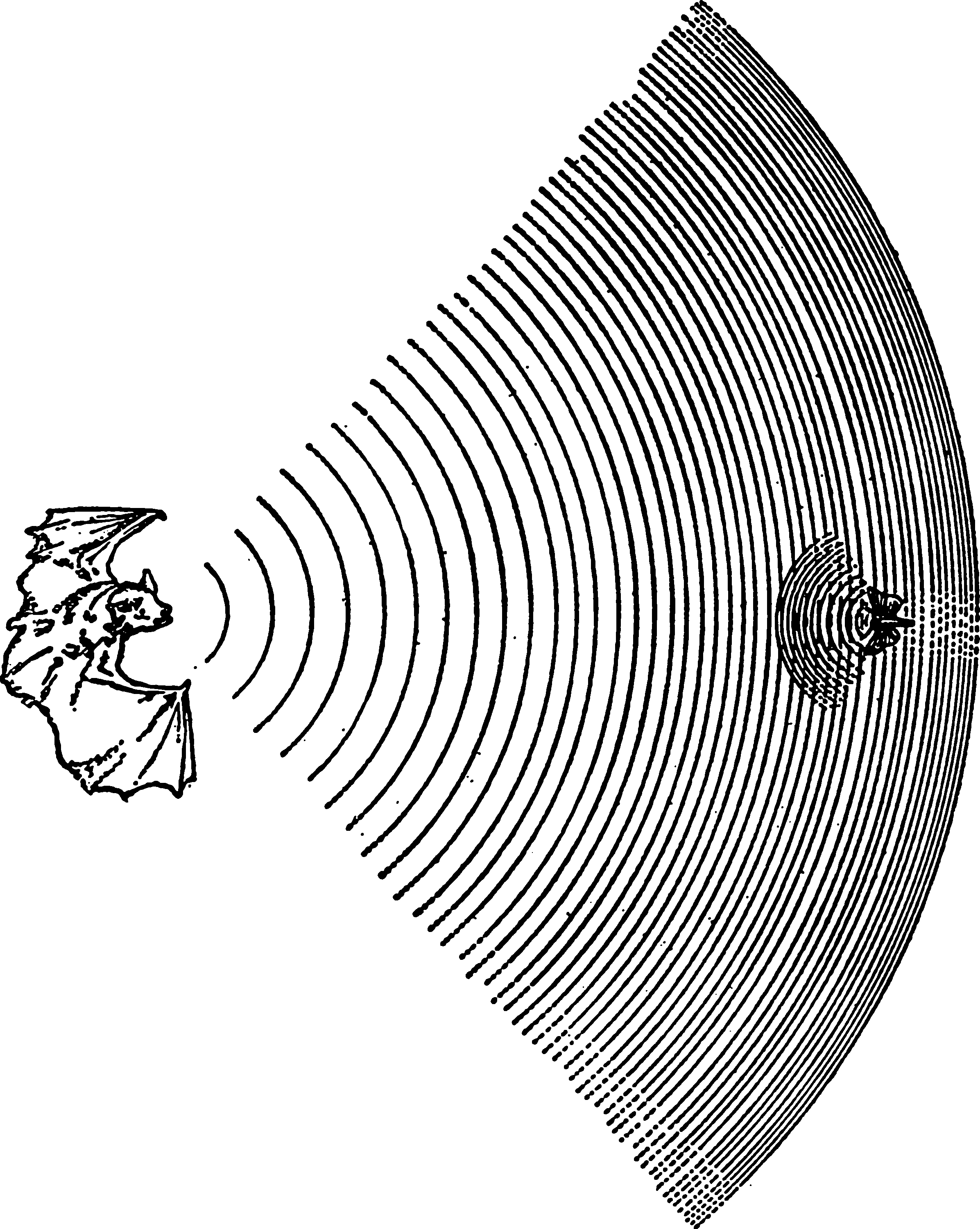Dynamic causality
2024-03-04 — 2024-03-05
Wherein the notion of treating streams as generated by small evolving graphical models for streaming recommender-systems is examined, and the causaloid concept of Hardy is invoked.
I am not yet sure if this is a real thing. I came across some interesting terminology that argues that sometimes we might want to treat streams of things as being generated by a small evolving graphical model rather than by a large static one.
That is certainly my reading of DeepCausality, which seems to target streaming recommender-system-like problems. However, that page has some red flags, such as a lack of equations, opaque terminological name-drops, lack of citations and non-explanations:
DeepCausality uses the causaloid as its central structure, an idea borrowed from a novel causal concept pioneered by Lucien Hardy at the Perimeter Institute of Theoretical Physics. The causaloid encodes a causal relation as a causal function that maps input data to an output decision. It then determines whether, on the input data, the causal relation, encoded as a function, holds.
That is a provocative start. It is also all there is. Here are the articles on causaloids which I assume they refer to: Hardy (2005), Hardy (2007). Connecting these articles on quantum gravity to inference in recommender systems is left as an exercise.
